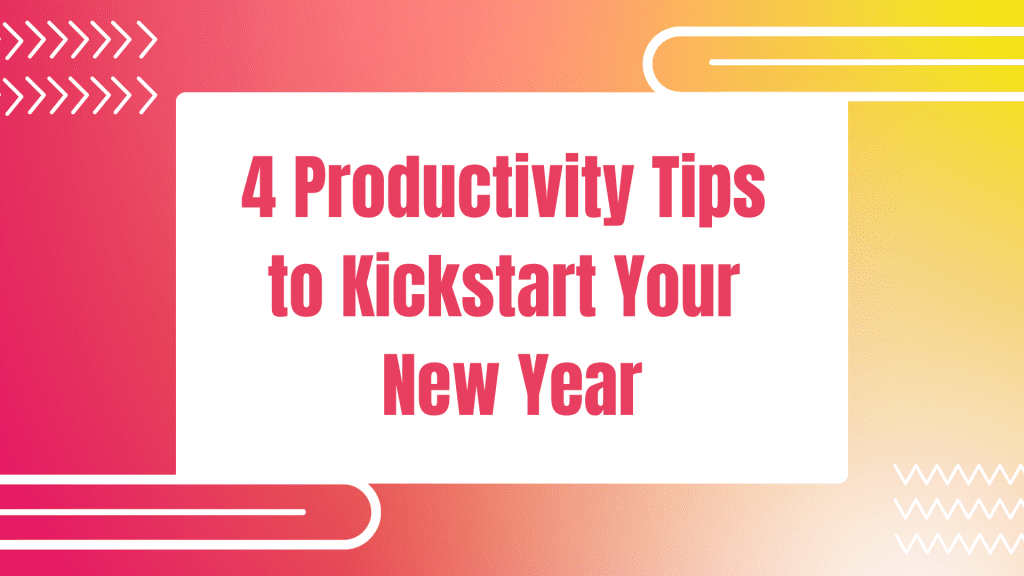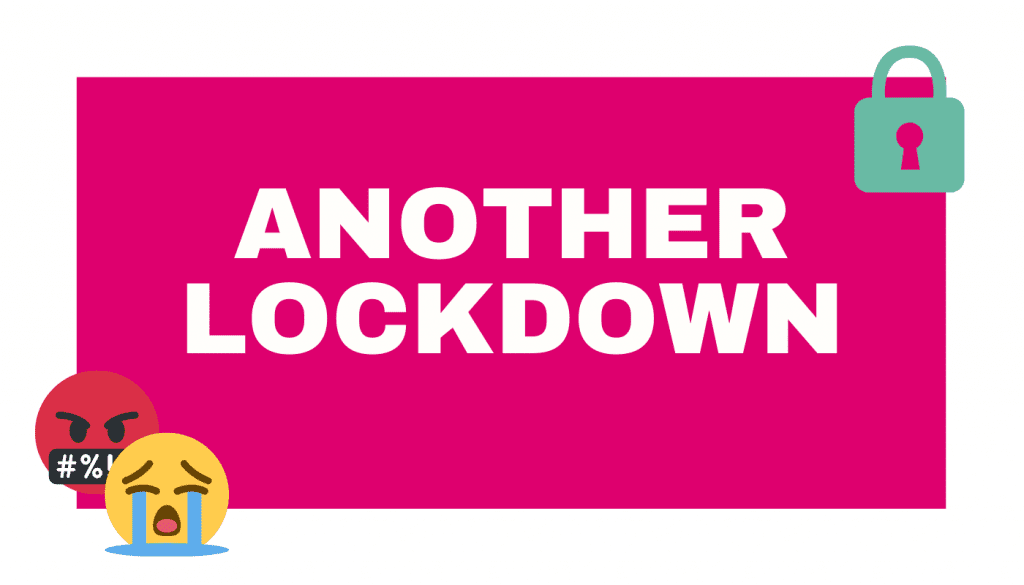
Many people find it hard to return to work after the long Christmas and New Year slowdown, but the pandemic…

Many people find it hard to return to work after the long Christmas and New Year slowdown, but the pandemic…

Just thinking about how much the government has forked out during the COVID-19 crisis is scary; never mind hearing the…

As author Dough Hall correctly put it, “if your profit margins aren’t rising, chances are your company isn’t thriving.” Makes…

Yesterday the Scottish and English governments announced national lockdowns with schools being closed. The net result being all of England…
English Government announce new winter plan to beat COVID-19 This week seems to be a week of announcements from Boris….
Working from home relief = FREE CASH Due to the current pandemic, many businesses have been working from home this…
What are the new business support schemes for covid-19? Yesterday the government announced more support for businesses and the self-employed….
Whether it is staggering start and finish times to reduced prolonged contact time, introducing short term working due to reduced…